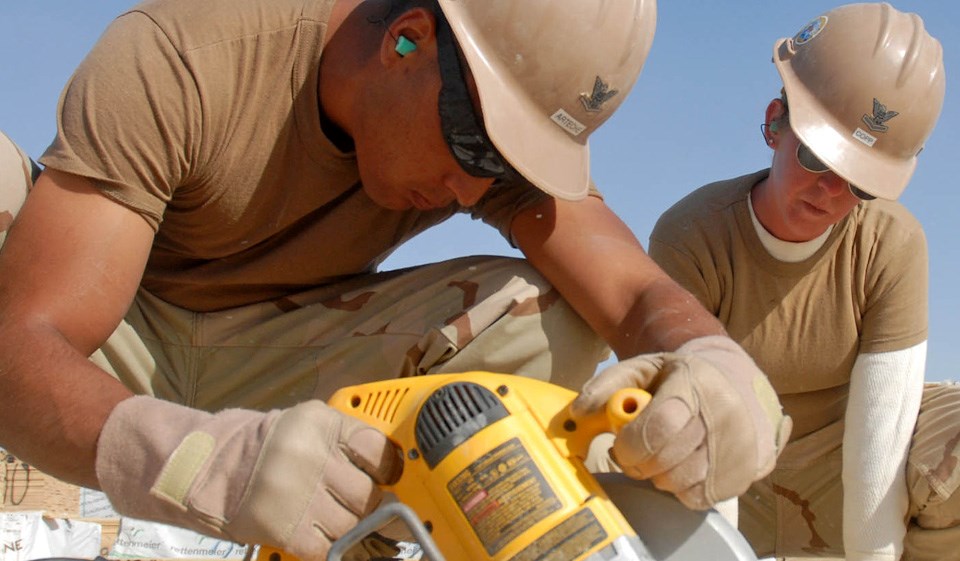The global pandemic provides affords a "long-overdue opportunity" to assess and renovate outdated long-term care (LTC) facilities in Ontario, said the Carpenters' District Council of Ontario (CDCO).
In a July 10 news release, the CDCO said now is the time to look at opportunities to overhaul these care facilities through renovations and updates to building infrastructure – improving care and housing for all residents.
CDCO is composed of 16 affiliated Local Unions of the United Brotherhood of Carpenters and Joiners, representing 30,000 tradespeople in Ontario.
The council has a team of university students working in its research department looking at the age and infrastructure standards of long-term care homes in Ontario.
Media reports reveal an Ontario Ministry of Health and Long-Term Care study suggests one third of all long-term care beds in Ontario are built to 1972 standards. The highest COVID-19 infection rates have been in D and C-level classified facilities of having four beds per room and one bathroom.
These four-bed wards are not allowed in newer long-term care homes, which the province categorizes as any facility built since 1998.
"COVID-19 has highlighted the need to renovate these facilities," said CDCO general counsel Mark Lewis.
"In so doing, we all need to reassess what the future of long-term care could look like, and this is a real opportunity to make all Ontario's LTC facilities safer and much healthier for current and future residents."
CDCO president Mike Yorke said the range of activities needed to bring these homes up to newer standards involve physical reconfiguring patient rooms, and addressing major structural issues such as outdated HVAC and electrical systems.
"Now's the time to bring Ontario's long-term care homes and hospitals into the 21st century."
The council said it's been made clear how buildings can make people sick and it is important to follow Infection Control Risk Assessment in health care construction when renovating long-term care facilities and hospitals.



